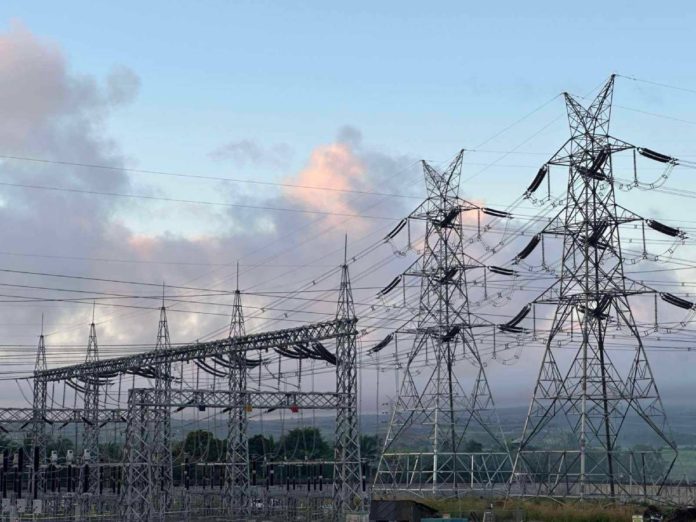
BY GEROME DALIPE IV
ILOILO City – The National Grid Corporation of the Philippines (NGCP) yesterday energized the Cadiz-Calatrava 230 kilovolt (kV) transmission line 2.
Spanning 80 kilometers of transmission line from Cadiz City to Calatrava town in Negros Occidental, the project will transmit power from Cebu through the Magdugo substation to Calatrava going to Cadiz, EB Magalona, and Barotac Viejo in Iloilo.
The 230 kV line can accommodate about 450 megawatts of bulk power supply.
Likewise, Anthony Almeda, NGCP president, confirmed to Mayor Jerry Treñas that the grid operator has completed the much-awaited 230 kV Cebu-Negros-Panay (CNP) backbone project stage 3.
In a statement, Treñas voiced his appreciation to the technical personnel of NGCP for energizing the power line, which is considered one of the vital components of the Cebu-Negros-Panay Interconnection.
“I am very elated with the report of NGCP that the Cadiz- Calatrava 230kV line 2 was successfully energized today. This successful undertaking will benefit the people of Panay,” Treñas added.
The CNP backbone project 3 is considered one of the significant transmission infrastructure initiatives of the NGCP, the country’s sole grip operator. Hence, it is seen to enhance the reliability and efficiency of power transmission in the Visayas region.
The completion of the transmission project is expected to upgrade the capacity of the existing submarine cable and improve sharing of excess power generation from the rest of the grid towards Negros and Panay Island.
The long-delayed completion of the CNP backbone project limits the capacity of power import of Panay from Negros Grid thru the existing 138kV Negros-Panay submarine cable resulting in the long duration of Panay Grid blackout.
But with the completion of the CNP backbone project, ancillary services or standby reserve of NGCP for the Visayas from Cebu may now be augmented in Panay to prevent blackout due to the Absence of an N-1 or alternate grid connection in Panay Island.
The completion of the CNP backbone will also expand the overall capacity of the Visayas grid, allowing for future growth in electricity demand.
The CNP backbone is seen to improve the resilience of the Visayas grid by providing alternative transmission routes. This can help reduce the impact of disruptions such as typhoons or equipment failures.
The completion of the CNP backbone will enable more efficient exchange of power between Cebu, Negros, and Panay. It will help balance supply and demand in the region, leading to more stable electricity prices.
The CNP backbone also aims to facilitate the integration of renewable energy sources, such as wind and solar power, into the Visayas grid./PN






